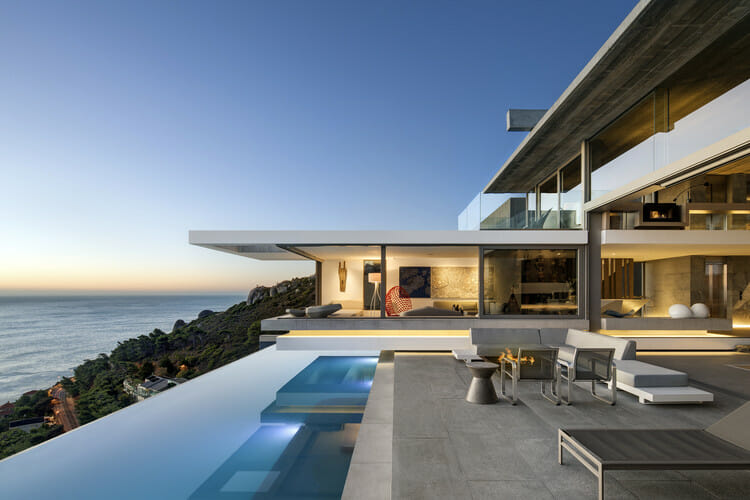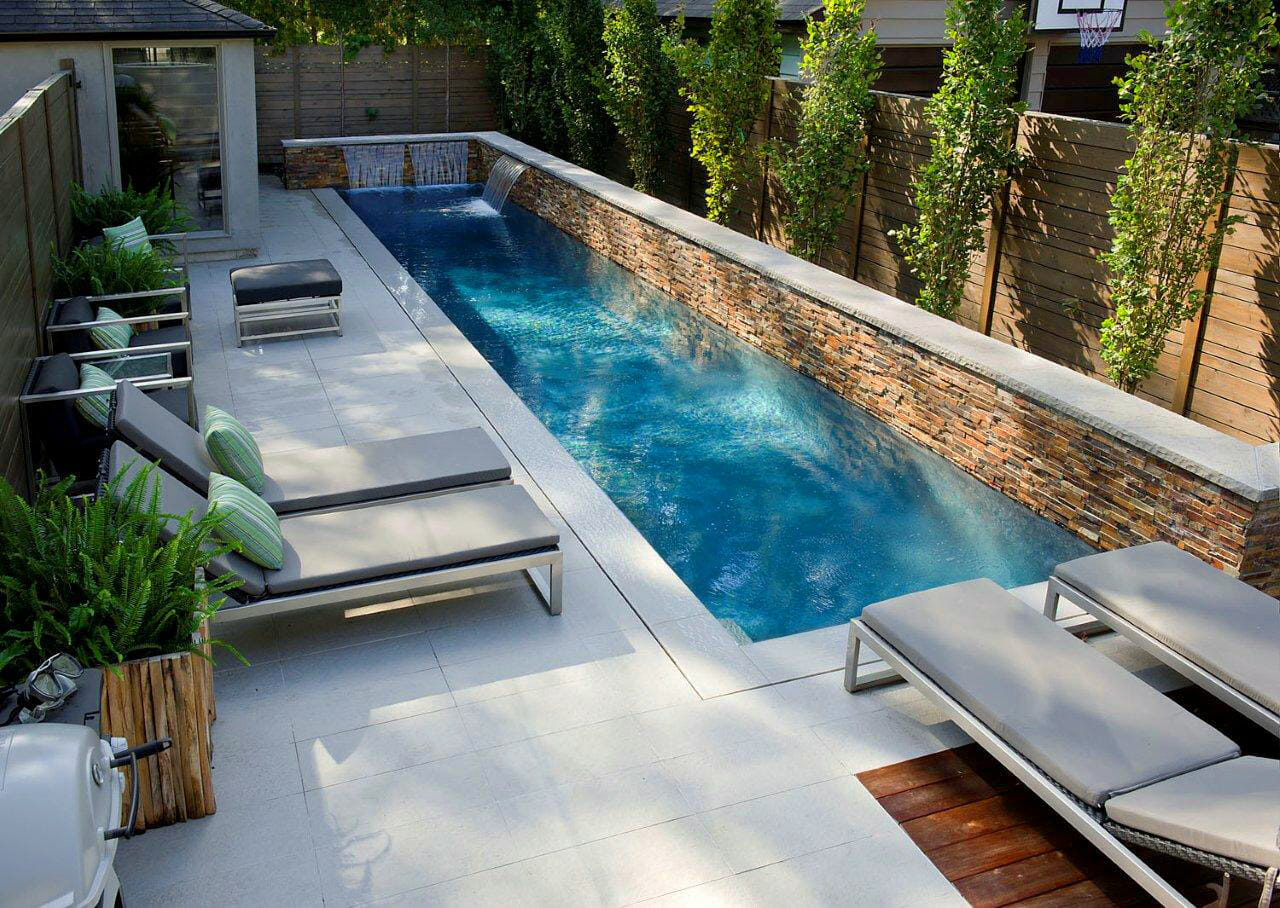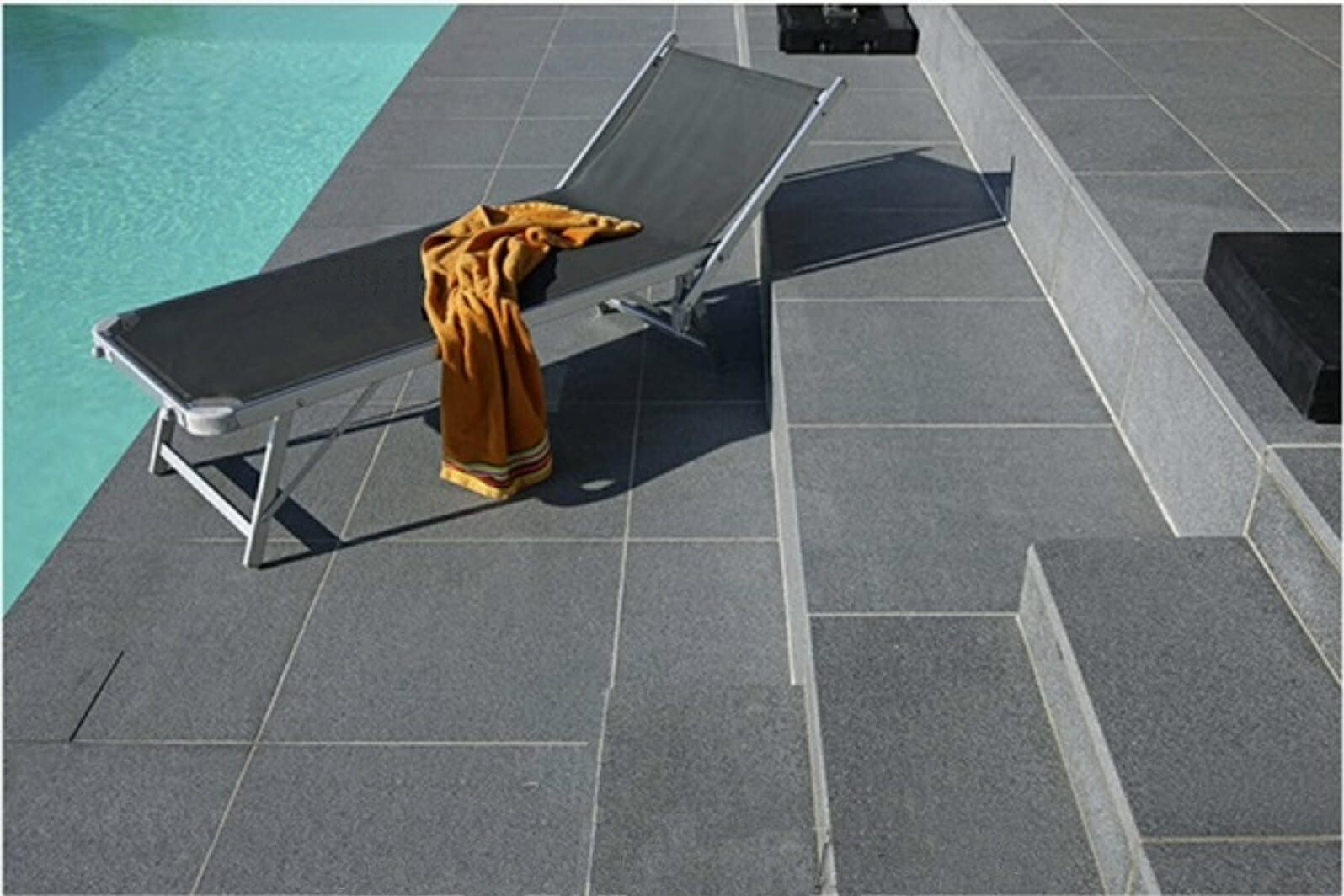Are you planning to install granite pavers or tiles in your landscaping project? One of the major reasons for using granite tiles Sydney for homes or other properties is because of the wide spectrum of colours the natural stone reflects as a part of its unique characteristics. Given its impressive blend of colours naturally and the presence of blemishes & tones, granite is highly preferred for aesthetic projects like kitchen countertops, swimming decks, pathways, patios, and so more.

The spectrum of granite colours tends to range from black to white to pink. However, the question remains, “What makes this single stone so diverse in colour?” In this post, we will discover what makes up for the variations in colours of granite and why it is a special trait amongst other natural stones out there.
Granite & Its Diversity in Colours
Granite is one of the most common types of natural stones out there. The beautiful stone finds its applications in various buildings, landscaping, and construction projects all across Australia. In fact, granite has been in use for several centuries in world-famous buildings and other landmarks. Moreover, granite –since ages, has been linked with traits of durability, strength, and status.
Granite is a type of intrusive igneous rock featuring large grains of minerals that are visible to the naked eye. As far as the overall colour range of granite is concerned, it ranges from pink to black, white, greys, and so more. At the same time, it is important to note that some typical stones are uniquely marked as “black granite” in the form of black granite tiles. Moreover, you can also come across white granite pavers and silver colors for silver granite paving, silver grey granite pavers, and so more.
Determination of Granite Colours
Granite is a type of conglomerate featuring a series of minerals & rocks –primarily mica, potassium, feldspar, amphiboles, quartz, and various other minerals. The minerals that are known to make up granite are responsible for imparting its unique colours as seen in different variants of granite.
The overall proportion of minerals that are differently-coloured tend to be higher in granite. This is because of the original source of molten rock that underwent cooling for forming the granite. In case the molten rock had an abundance of potassium feldspar, then the resulting granite is mostly expected to take a slightly salmon pink hue. At the same time, if the molten rock features the abundance of quartz and amphibole minerals, then you can get access to the white & black speckled granite –mostly observed on the countertops.
- Feldspar –off-white colour
- Quartz –milky white hue
- Potassium feldspar –salmon pink-like colour
- Amphibole –dark green or black colour
- Muscovite –yellow or metallic gold colour
- Biotite –dark brown or black colour
The combination of minerals that are mentioned above is what we observe in some of the most common variations of granite.
Types of Granite Based on Colour
When it comes to granite paving Sydney, there are several variations of granite that are being employed –especially with variations in colours. Some of the common types are:
#White Granite

This variation is mainly composed of feldspar (off-white) and quartz (milky white) minerals. The presence of small grey & black dots on this type of granite is mostly formed due to the richness of small-sized amphibole particles. This might be the result of the overall absence of chemical components that were needed for forming the amphibole. Otherwise, the chances are that the cooling process did not lead to the formation of amphibole.
#Black Granite

“Midnight Black Granite Pavers”
Black granite is formed due to the presence of amphibole and biotite minerals. However, in most cases, a completely black variant might not be 100% granite. Rocks having at least 20 percent quartz only lead to the formation of black granite. As such, all black rocks are not granite.
#Pink Granite
This beautiful colour variation of granite is due to the richness of potassium feldspar within the given rock. In this type, you will observe the presence of small grains of opaque white feldspar, milky-white quartz, and black or dark brown amphibole.
#Black & White Granite
These types of granite rocks tend to have equal proportions of quartz, amphibole, and feldspar –leading to the formation of black & white granite. It is one of the most common variants of the natural stone and finds its applications in various corners of the house –right from counter tops to flooring, patios, and others.
#Red Granite
It is a darker variation of the granite featuring an abundance of potassium feldspar. In this variant, the potassium feldspar mineral takes up a red tone instead of salmon pink. Moreover, the red hue is also due to the presence of iron oxide inside the hematite grains.
#Blue Granite
While there are advertisements of blue granite out there, these are not typically 100% original granite stones. The given type of rock is “Larvikite” –an igneous variant of monzonite. While it is not granite, it is still referred to as “blue granite” in the natural stone industry.
Conclusion
With such variations in the hues offered by granite, make use of reliable granite pavers wholesale services in Australia for your landscaping or home design project. Granite Pavers Australia delivers granite tiles and pavers all across Australia (Melbourne, Sydney, Brisbane, Canberra, Adelaide, and Hobart).
We provide EXPRESS POSTED FREE SAMPLES + FREE QUOTE + FREE EXPERT STONEMASON ADVICE for all your tiling need. Get in touch with us today!
